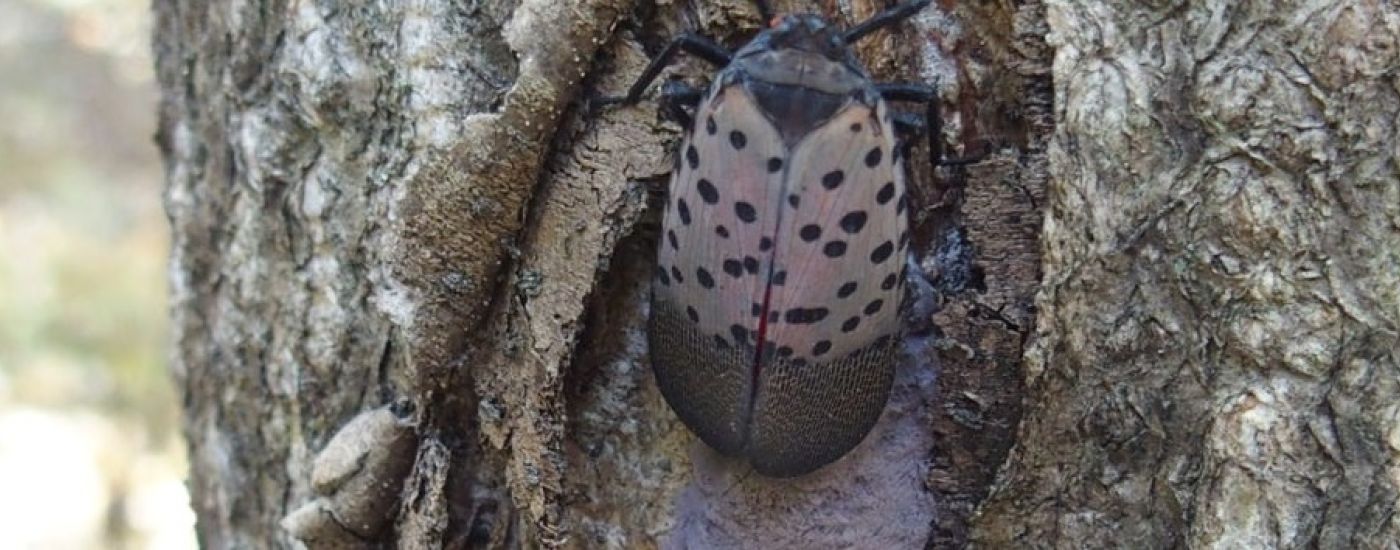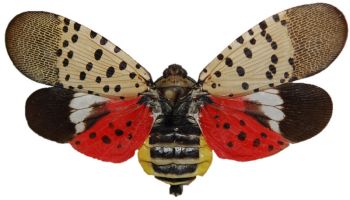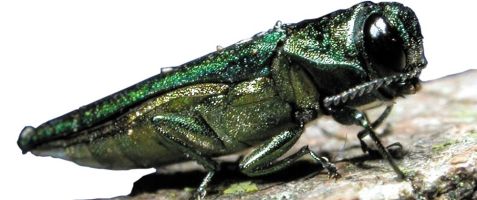Spotted Lanternfly Facts That You Need To Know
One of the fastest spreading insects in Pennsylvania has been the spotted lanternfly. This insect was discovered in Pennsylvania in 2014. Since then, many households in multiple counties have reported seeing this insect on their properties and the resulting damage. To keep residents informed about this destructive pest, we have many spotted lanternfly facts that you need to know to keep your trees safe, healthy, and beautiful.
Spotted Lanternfly Facts: Appearance & Behavior
As a homeowner, you will need to keep an eye out for these insects on or around your property. To do so, you need to know what spotted lanternfly looks like and what their behavior is. Here are spotted lanternfly facts to help you identify their presence on your property.
What Are Spotted Lanternflies & What Do They Look Like?
As said earlier, spotted lanternflies feed on the sap from various plants, though again, their preferred choice of plant is the tree of heaven. That sap provides much-needed nutrients to trees, and by feeding on that sap, the spotted lanternfly makes trees weaker and more vulnerable to other harmful insects or diseases. In addition to feeding on the sap, spotted lanternflies also excrete a sugary substance called honeydew, which can attract other insects and promote a fungus called sooty mold.
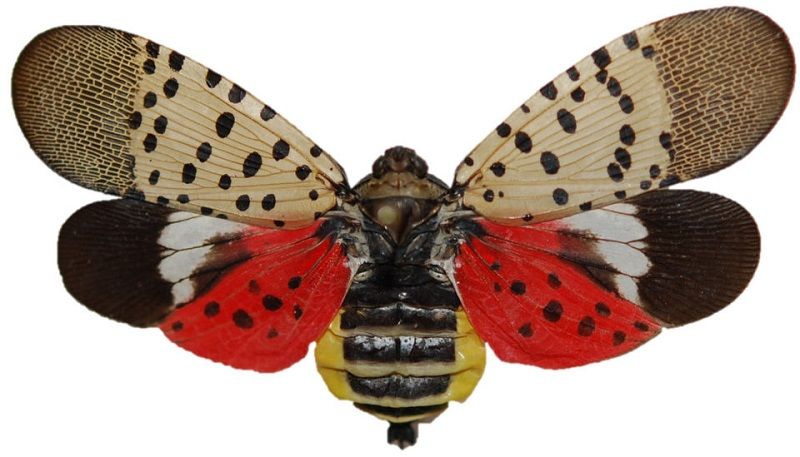
What Is The Impact of Spotted Lanternfly?
The overall impact of spotted lanternflies has been enormous. In Pennsylvania alone, their damage to trees could cost the state roughly $325 million annually. As of March 2021, 34 Pennsylvania counties are in quarantine for the spotted lanternfly, primarily the eastern, southeastern, and south-central PA counties. One reason why spotted lanternflies have been so devastating to many peoples’ trees is the way the pest spreads and migrates from tree to tree.
How Does Spotted Lanternfly Spread?
The spotted lanternfly has spread across the United States for many reasons. These insects can lay eggs on nearly any surface, from trees to wooden decks and patios to even cars or pipes. This ability to lay eggs on different surfaces means that some people can inadvertently transport the eggs across counties or even states. Below are some of the objects spotted lanternfly has been known to lay eggs on:
- Firewood
- Construction or landscaping materials
- Outdoor equipment or furniture
- Crates or boxes
Because the spotted lanternfly is an invasive species, none of the natural predators that would keep its population in control in its native environment are present in the U.S. This factor means the insect can spread more quickly.
What Can You Do To Help?
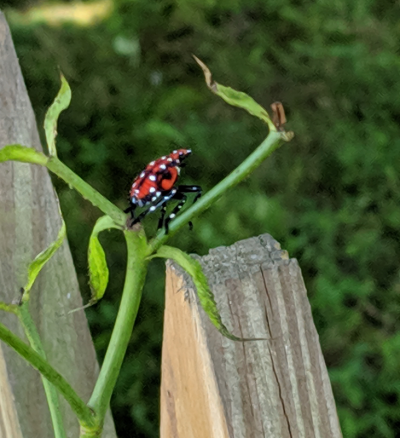
As a homeowner, you can do a few things to help slow down the spread of spotted lanternfly to keep your trees safe and beautiful:
- Be diligent and watch for any signs of spotted lanternflies, whether they are adults, nymphs, or egg masses.
- Take measures to prevent transporting any of the items listed previously that spotted lanternfly lay their eggs on, and always check for egg masses before traveling.
- Reach out to a professional, certified arborist who can examine your property for any signs of this invasive species and who can advise you on the best course of action to keep your trees healthy and safe.
Contact Stein Tree for Spotted Lanternfly Treatment & Tree Care
If you are interested in more spotted lanternfly facts or want to keep your property safe, call Stein Tree Service. Stein provides various plant and tree care services for commercial and residential properties, including plant health care (PHC), tree removal, pest control, and more. Our team of arborists and plant health care specialists is certified to treat in areas of spotted lanternfly infestation in Delaware and Pennsylvania. Contact us today for a free consultation.

